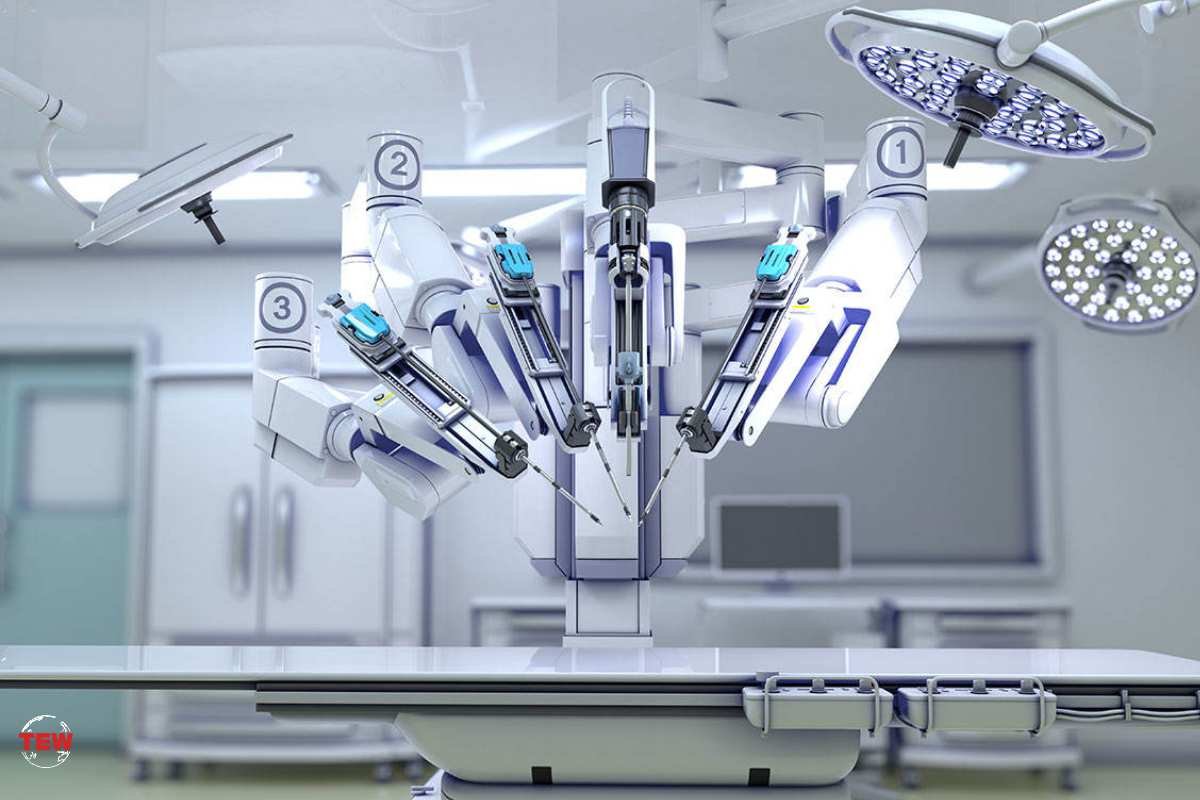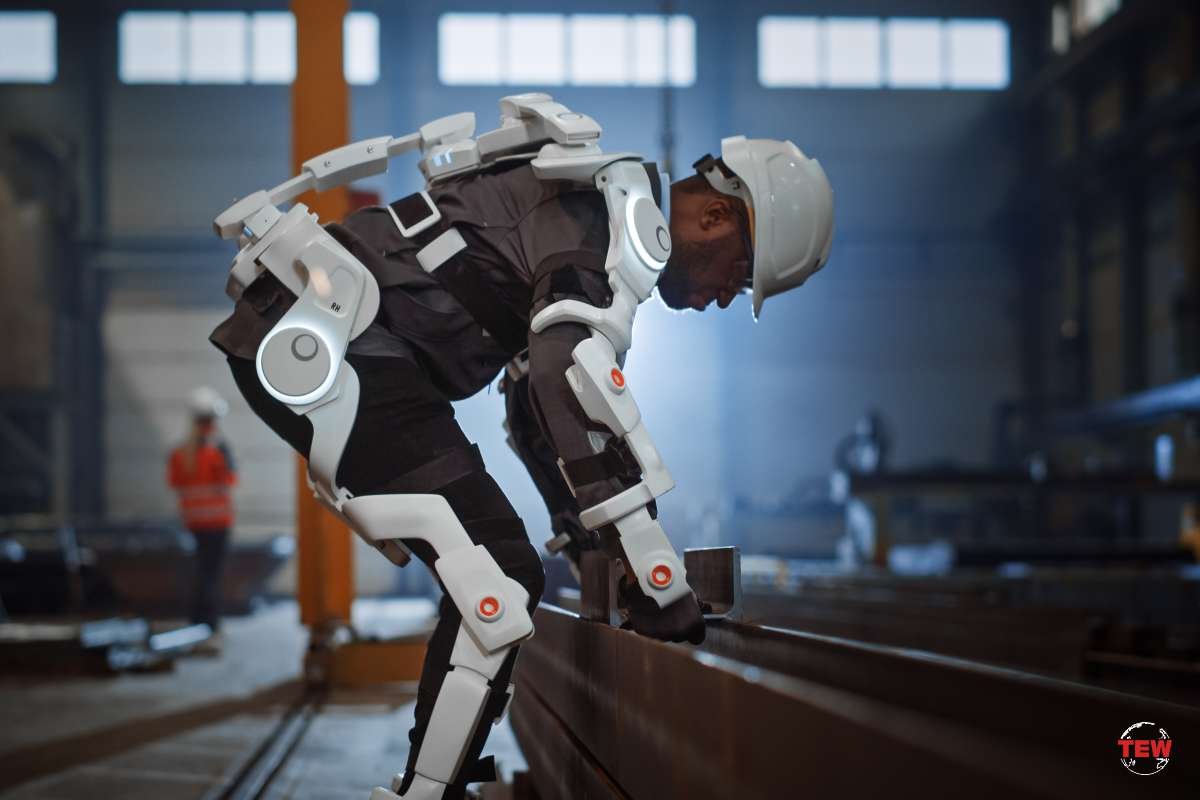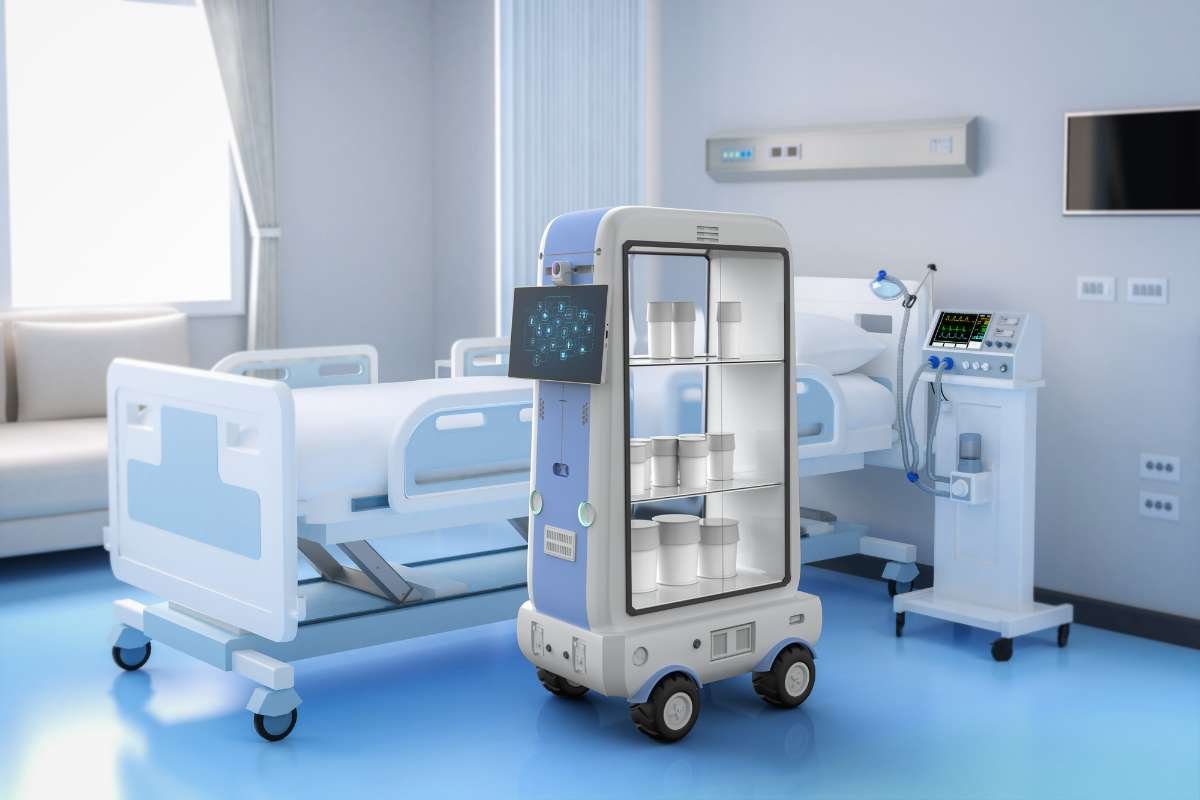In the field of healthcare, there are four distinct kinds of robots that are used to raise the present level of care while also assisting people in doing tasks that they may not have been able to perform in the past, as well as performing tasks more quickly and with fewer mistakes. The most advanced medical robots, as ranked by GlobalData, are shown in the following table.
Here are the main types of Robots used in healthcare industry;
1. Surgical Assist Robots.
These robots are utilized in high-precision and minimally invasive operations including chemical ablation and radiofrequency ablation. The da Vinci Surgical System is one example of a surgical-assistance robot.
Major businesses are strengthening their research and development efforts in robotic surgical systems. Intuitive Surgical presently dominates the total market, but the environment is fast shifting. The entry of major manufacturers such as Johnson & Johnson and Medtronic into the Medtech surgical robots sector is strengthening it.
Each firm has distinct product lines that concentrate on certain therapeutic areas for minimally invasive robotic surgery. The da Vinci System, for example, is a general surgical robot that focuses on a wide range of urological, bariatric, and gynecological surgical treatments. Stryker’s MAKO System also specializes in orthopedic surgery, especially partial and total knee replacements.

Mobile robots are used to transfer patients, move big cargo, and clean and sterilize rooms.
Since they can transfer cargo, robots can help in the reception and distribution of medical supplies and apparatus to the different healthcare departments and warehouses. Healthcare businesses can maintain more efficient and seamless operations when equipment, supplies, and tools are distributed accordingly.
Generally, the TUG autonomous mobile delivery robot, which is designed to transport heavy gear, is an excellent example of a mobile robot.
Service robots manage medical supplies, efficiently set up rooms, and handle other typical healthcare logistical jobs.
2. Hospital Robots
Hospital robots can accomplish various functions to minimize the daily burdens of doctors, nurses, and other medical professionals. Aethon’s TUG autonomous mobile robot, for example, may be utilized to carry drugs, laboratory specimens, or other sensitive items inside a medical setting. TUG can navigate using an onboard map and a variety of sensors. It also communicates with elevators, automated doors, and fire alarms through Wi-Fi.
On the other hand, there are different types of hospital robots one can find in healthcare facilities. For instance, laboratory robots are types of hospital robots working in laboratories. They’re designed to assist laboratory technicians in performing specific tasks, such as caring for dangerous chemicals and substances. With laboratory robots today, technicians and other personnel can ensure accuracy and speed and reduce human errors in laboratory processes. That said, many companies have started manufacturing hospital robots today. In fact, GE, McKesson, and Siemens are among the major medical equipment manufacturers that produce hospital robots. iRobot, an industry outsider, collaborated with InTouch Health to develop a hospital-specific robot.
Robots have been created to sanitize hospital equipment and instruments. Xenex, a business that has invented a robot that disinfects using pulsed Xenon light and can disinfect an entire patient room in less than 20 minutes, is one that is showing a lot of potential in this sector. Currently, Xenex is used in over 400 hospitals.
Social robots are robotic caregivers. Due of time restrictions, physicians may employ these robots to connect directly with patients. These robots may also cut down on time-consuming and costly home visits.
Also, social robots are called ‘more human-like robots’ and can do specific tasks with autonomy while socially interacting with patients and hospital staff. Since they can provide encouragement through social interaction, social robots have become must-have assistants in the hospital setting.
3. Care Robots
The number of robots employed to offer care and assistance to elderly and handicapped patients is now quite low, but is likely to rise dramatically over the next decade, especially in nations such as Japan, which is facing a forecasted shortage of caretakers. These products’ initial use cases are relatively simple, such as assisting people in getting into and out of bed, but they will increasingly be called upon to perform more complex tasks, such as reminding patients when to take medication to providing emotional support and interaction for those who lack regular human contact.
Another anticipated use for care robots is to aid nurses with the many duties that they conduct on an hourly basis. Many of these duties, like as collecting blood, monitoring temperature, or improving patient cleanliness, are basic yet critical. If robots could assist with these basic repetitive activities, nurses would have more time to concentrate on personalized patient care and treatment regimens. Robear Japanese, created by the RIKEN research institution and Sumitomo Riko, is already benefiting patients and nurses in Japan.

4. Exoskeletons
Exoskeletons aid in surgical treatments and rehabilitation. The Hybrid Assistive Limb (HAL) exoskeleton, for example, assists stroke sufferers in learning to walk again and assists patients throughout the rehabilitation process.
Robots may help with rehabilitation following surgery. Cyberdyne’s Hybrid Assistive Limb (HAL) exoskeleton, for example, uses sensors placed on the skin to detect small electrical signals in the patient’s body and respond with movement at the joint to help patients recover from conditions that lead to lower limb disorders, such as spinal cord injuries and strokes.
The monthly rental for a HAL suit is planned to be $1,000, and the price will need to drop as production scaled up and component prices of components like as sensors, electronics, and electrical engineering reduce.
The exoskeleton industry is one of robotics’ fastest-expanding industries. It incorporates bio-feedback waistband lumbar support, which is currently prevalent among airport and warehouse workers in Japan. The development of exoskeletons will be influenced by advances in brain-machine connection. Cyberdyne, ReWalk Robotics, and Ekso Bionics are the industry leaders.

Conclusion
With the advent of modern technology, robots have different uses in the healthcare industry. They’re all designed to help humans provide quality healthcare by streamlining processes and services. Hence, for those working in the healthcare industry, remember the information mentioned above to get familiar with the main types of robots used to make work much easier and faster.






